DUBAI, United Arab Emirates (AP) — President Donald Trump's comments Thursday suggesting the United States will restart its testing of nuclear weapons upends decades of American policy in regards to the bomb, but come as Washington's rivals have been expanding and testing their nuclear-capable arsenals.
Nuclear weapons policy, once thought to be a relic of the Cold War, increasingly has come to the fore as Russia has made repeated atomic threats to both the U.S. and Europe during its war on Ukraine. Moscow also acknowledged this week testing a nuclear-powered-and-capable cruise missile called the Burevestnik, code-named Skyfall by NATO, and a nuclear-armed underwater drone.
China is building more ground-based nuclear missile silos. Meanwhile, North Korea just unveiled a new intercontinental ballistic missile it plans to test, part of a nuclear-capable arsenal likely able to reach the continental U.S.
The threat is starting to bleed into popular culture as well, most recently with director Kathryn Bigelow 's new film “A House of Dynamite.”
But what does Trump's announcement mean and how would it affect what's happening now with nuclear tensions? Here's what to know.
Trump’s remarks came before meeting with China’s Xi
Trump’s comments came in a post on his Truth Social website just before meeting Chinese leader Xi Jinping. In it, Trump noted other countries testing weapons and wrote: “I have instructed the Department of War to start testing our Nuclear Weapons on an equal basis. That process will begin immediately.”
The president’s post raised immediate questions. America’s nuclear arsenal is maintained by the Energy Department and the National Nuclear Security Administration, a semiautonomous agency within it — not the Defense Department. The Energy Department has overseen testing of nuclear weapons since its creation in 1977. Two other agencies before it — not the Defense Department — conducted tests.
Trump also claimed the U.S. “has more Nuclear Weapons than any other country.” Russia is believed to have 5,580 nuclear warheads, according to the Washington-based Arms Control Association, while the U.S. has 5,225. Those figures include so-called “retired” warheads waiting to be dismantled.
The Stockholm International Peace Research Institute further breaks the warhead total down, with the U.S. having 1,770 deployed warheads with 2,591 in reserve. Russia has 1,718 deployed warheads and 1,930 in reserve.
The two countries account for nearly 90% of the world’s atomic warheads.
U.S. last carried out a nuclear test in 1992
From the time America conducted its “Trinity” nuclear bomb detonation in 1945 to 1992, the U.S. detonated 1,030 atomic bombs in tests — the most of any country. Those figures do not include the two nuclear weapons America used against Japan in Hiroshima and Nagasaki at the end of World War II.
Recommended for you
The first American tests were atmospheric, but they were then moved underground to limit nuclear fallout. Scientists have come to refer to such tests as “shots.” The last such “shot,” called Divider as part of Operation Julin, took place Sept. 23, 1992, at the Nevada National Security Sites, a sprawling compound some 105 kilometers (65 miles) from Las Vegas.
America halted its tests for a couple of reasons. The first was the collapse of the Soviet Union at the end of the Cold War. The U.S. also signed the Comprehensive Nuclear Test-Ban Treaty in 1996. There have been tests since the treaty, however — by India, North Korea and Pakistan, the world's newest nuclear powers. The United Kingdom and France also have nuclear weapons, while Israel long has been suspected of possessing atomic bombs.
But broadly speaking, the U.S. also had decades of data from tests, allowing it to use computer modeling and other techniques to determine whether a weapon would successfully detonate. Every president since Barack Obama has backed plans to modernize America's nuclear arsenal, whose maintenance and upgrading will cost nearly $1 trillion over the next decade, according to the Congressional Budget Office.
The U.S. relies on the so-called “nuclear triad” — ground-based silos, aircraft-carried bombs and nuclear-tipped missiles in submarines at sea — to deter others from launching their weapons against America.
Restarting testing raises additional questions
If the U.S. restarted nuclear weapons testing, it isn't immediately clear what the goal would be. Nonproliferation experts have warned any scientific objective likely would be eclipsed by the backlash to a test — and possibly be a starting gun for other major nuclear powers to begin their own widespread testing.
“Restarting the U.S. nuclear testing program could be one of the most consequential policy actions the Trump administration undertakes — a U.S. test could set off an uncontrolled chain of events, with other countries possibly responding with their own nuclear tests, destabilizing global security, and accelerating a new arms race,” experts warned in a February article in the Bulletin of Atomic Scientists.
“The goal of conducting a fast-tracked nuclear test can only be political, not scientific. ... It would give Russia, China and other nuclear powers free rein to restart their own nuclear testing programs, essentially without political and economic fallout.”
Any future U.S. test likely would take place in Nevada at the testing sites, but a lot of work likely would need to go into the sites to prepare them given it's been over 30 years since the last test. A series of slides made for a presentation at Los Alamos National Laboratories in 2018 laid out the challenges, noting that in the 1960s the city of Mercury, Nevada — at the testing grounds — had been the second-largest city in Nevada.
On average, 20,000 people had been on site to organize and prepare for the tests. That capacity has waned in the decades since.
“One effects shot would require from two to four years to plan and execute,” the presentation reads. “These were massive undertakings.”
The Associated Press receives support for nuclear security coverage from the Carnegie Corporation of New York and Outrider Foundation. The AP is solely responsible for all content.


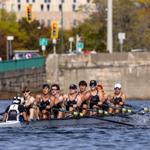
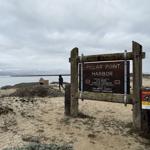
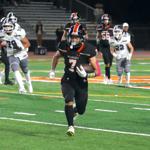

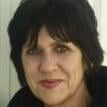
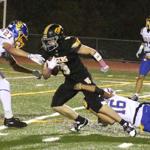


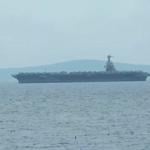
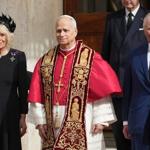
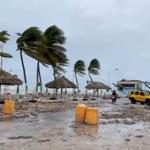

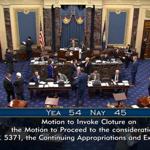

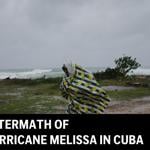
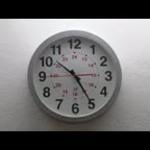
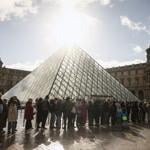


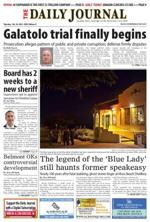







(0) comments
Welcome to the discussion.
Log In
Keep the discussion civilized. Absolutely NO personal attacks or insults directed toward writers, nor others who make comments.
Keep it clean. Please avoid obscene, vulgar, lewd, racist or sexually-oriented language.
Don't threaten. Threats of harming another person will not be tolerated.
Be truthful. Don't knowingly lie about anyone or anything.
Be proactive. Use the 'Report' link on each comment to let us know of abusive posts.
PLEASE TURN OFF YOUR CAPS LOCK.
Anyone violating these rules will be issued a warning. After the warning, comment privileges can be revoked.